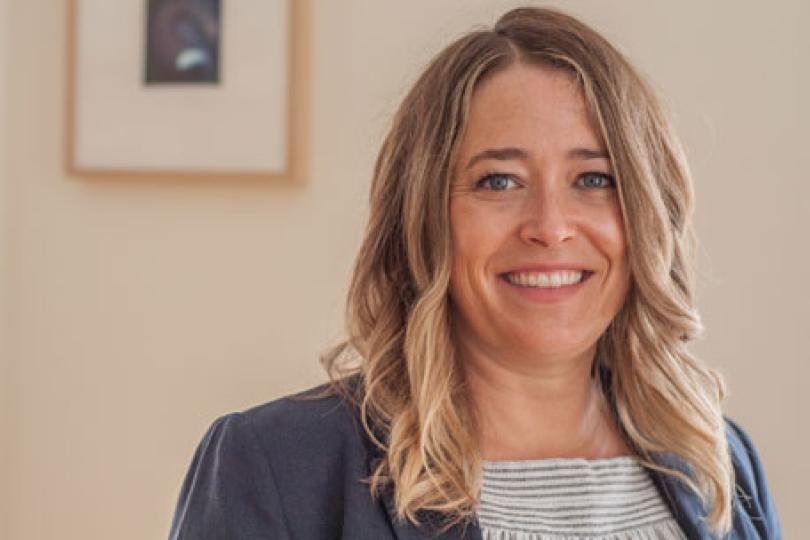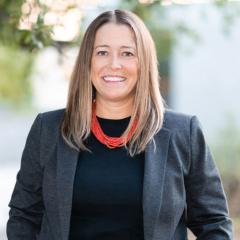From our new Executive Director
This week, I am celebrating my three-month anniversary as Executive Director of the Robert and Patricia Switzer Foundation. Having just made a major career transition, I decided to focus my first On Leadership post on my own leadership story, on how I arrived in this role, shifting from being a practicing conservation scientist to leading a family foundation.
I could tell the story as though this role was where I was always meant to be, but if we are being honest, a career rarely takes a direct path. Often the story is best told through the changes in direction. In my case, the job experiences where I did not fit taught me important lessons about where I wanted to go—generating research to support environmental decisions, balancing science with policy advocacy, and supporting the next generation of leaders to advance both environmental conservation and social equity.
My first job after college was as an associate with a planning firm and affordable housing developer. I knew I wanted to work on issues at the intersection of community development and environmental conservation, but I was not sure how. I saw that my colleagues had the best intentions to design communities in ways that minimized negative effects on the surrounding environment, but they lacked rigorous data about local ecosystems. I was motivated to help fill the gap in information needed to support community planning and, more generally, to connect applied research to environmental decision-making. As a result, I deferred my undergraduate student loans and moved on to graduate school in applied conservation science.
My first job after graduate school was as a scientist with a large non-profit conservation organization. I still wanted to conduct applied research, and I could imagine doing so in many different institutions, but a non-profit seemed like the most likely fit. Yet I soon saw many instances where science came into conflict with the organization’s advocacy agenda. There are a wide variety of non-profit organizations, each with its own relationship to science, and each with a role to play in conservation. I learned that working in applied research requires a personal choice about where to land on the spectrum from science to advocacy. My own preference was a place where scientific questions are driven by conservation needs and conservation solutions are driven by scientific results. As a result, I left my secure staff position to join the Smith Conservation Research Fellowship program.
Beginning with this postdoctoral fellowship, I spent a decade working as a scientist at another large non-profit conservation organization, Wildlife Conservation Society, and I was simultaneously appointed as a faculty member at a research university, Colorado State University. Despite the expansion of conservation science as a discipline, I saw increasing needs for rigorous solutions to complex environmental problems, and continuing gaps in the availability of resources for motivated students to pursue careers solving those problems. I was comfortable. I really enjoyed my positions, and I could continue to address those challenges one project at a time and one student at a time. Instead, I believed I could contribute more by creating opportunities for other young leaders to connect research and decision-making, and I began to look for places where I could do so.
At the same time, I was experiencing some changes in my personal life. Throughout my career, I have maintained a concurrent volunteer commitment to social justice issues. Most recently, I have served as a mentor for low-income high school students pursuing college access opportunities and as a foster parent for unaccompanied refugee minors. These additional responsibilities made for a busy schedule, and I had begun to wonder about making a bigger shift to create a more sustainable balance between my personal and professional lives.
Ultimately, I chose to join the Switzer Foundation because I want to pay forward the investments made in my own education and career. I believe I can make the biggest difference by supporting others to develop the skills and relationships they need to connect research to decision-making, balance science and policy advocacy, and become effective environmental leaders. In addition, I admire the Foundation’s dedication to supporting graduate school access opportunities, broadening representation in the environmental field, and advancing social equity. This commitment to equity and justice means I can bring together the personal and professional parts of my life and bring my whole self to my job.
The truth is that I could not have imagined this path when I started my career. But I am grateful for the often-challenging experiences and difficult decisions that showed me where I needed to go, and I am so happy and inspired to be here now.

